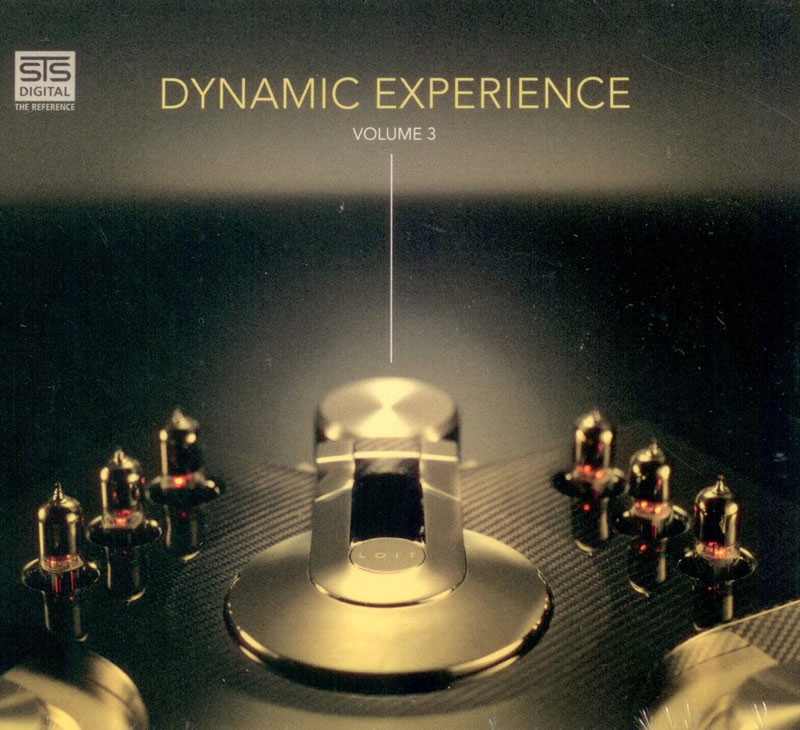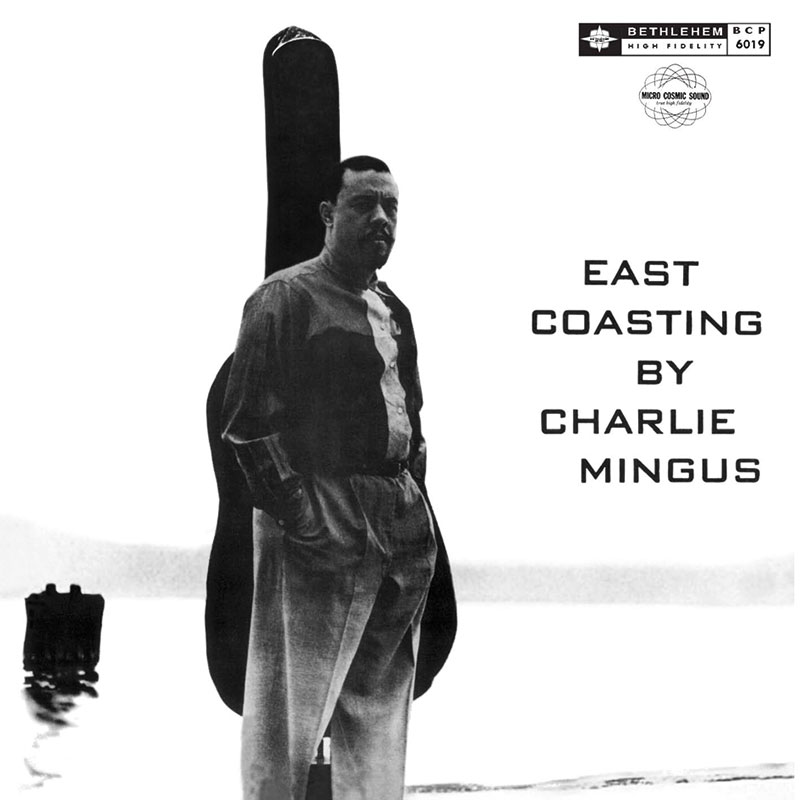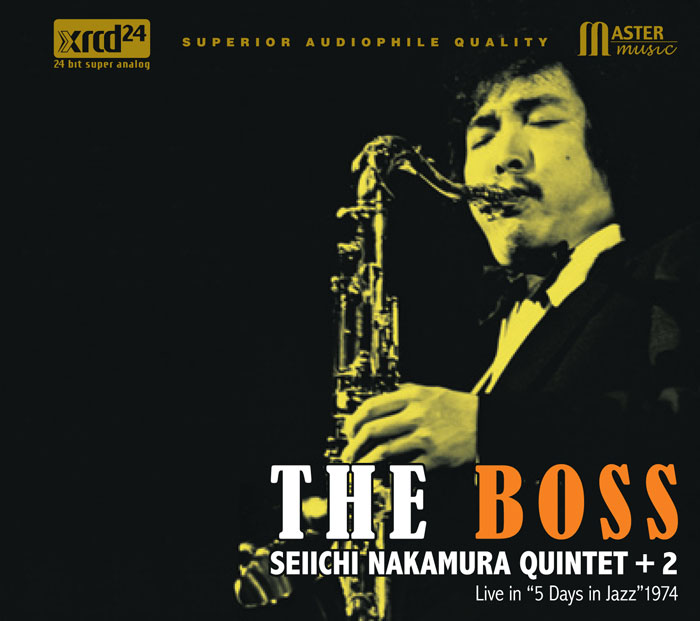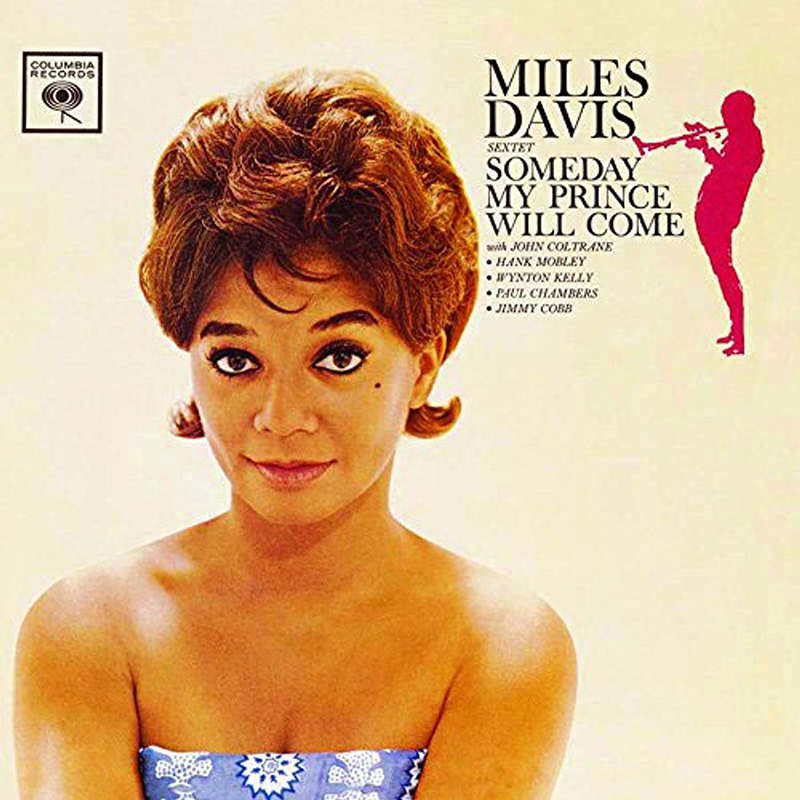Logowanie
Mikołaj - ten to ma gest!
Elton John, The Mamas & The Papas, Cat Stevens, Rod Stewart, Bobbie Gentry, Stevie Wonder, Engelbert Humperdinck
Memory Lane
Edycja Numerowana - 1000 egzemplarzy w skali światowej
RACHMANINOV, Eiji Oue, Minnesota Orchestra
Symphonic Dances / Vocalise
Best Recordings of 2001!!! NAJCZĘŚCIEJ KUPOWANA PŁYTA Z RR!
Karnawał czas zacząć!
Music of Love - Hi-Fi Latin Rhythms
Samba : Music of Celebration
AUDIOPHILE 24BIT RECORDING AND MASTERING
CHOPIN, LISZT, DEBUSSY, DVORAK, Gerhard Oppitz
Dances romantiques - A fantastic Notturno
Wzorcowa jakość audiofilska z Clearaudio
Winylowy niezbędnik
ClearAudio
Double Matrix Professional - Sonic
najbardziej inteligentna i skuteczna pralka do płyt winylowych wszelkiego typu - całkowicie automatyczna
Ahmad Jamal
But not for me
Best-selling, highly-recommended jazz album, ranked No. 21 on Jazzwise's list of 100 Jazz Albums That Shook The World! This is one of the best-selling jazz records ever. But among audiophiles, it may not be as well known as some of the other genre classics. Jazz pianist, composer, bandleader, Grammy-nominee, and Kennedy Center legend Ahmad Jamal has for five decades been one of the most successful small-group leaders in jazz and one of the genre's all-time great pianists. His artisty, talent and creative abilities have thrilled audiences and been broadly proclaimed by musician and music lover alike. At The Pershing: But Not For Me is Jamal's dazzling fountain of creative splendor in full flow. In 1956 Jamal's new trio (with Israel Crosby on bass and Vernell Fournier on drums) began a residency at Chicago's Pershing Hotel, and two years later the group recorded At The Pershing: But Not For Me, which spent 108 weeks among the Top Ten best selling albums. Recorded on Jan. 16, 1958 at the Pershing Lounge in the hotel, each set played that night was recorded for a total of 43 tracks, eight of which were selected by Jamal for the album. AllMusic rates the album 4 stars, calling it a turning point in Jamal's career. The album became one of the best-selling records in the history of the Chess Records label. Chess Records is synonymous with the Chicago electric blues scene of the 1950s, when iconic names such as Muddy Waters, Howlin' Wolf, Bo Diddley and Chuck Berry came to prominence, helping to establish Leonard and Phil Chess' Windy City indie label as one of America's leading proponents of R&B music. But it's often forgotten that a jazz pianist called Ahmad Jamal played a major role in filling up the label's coffers and widening its audience. Jamal, from Pittsburgh, was a child prodigy who started playing piano at age 3 and, as a teen, caught the ear of jazz great Art Tatum. Then, after moving to Chicago, in 1948, he was eventually discovered by visionary record producer John Hammond, the patrician entrepreneur who had brought Billie Holiday to prominence and later helped to bring Aretha Franklin and Bob Dylan to the attention of the wider world. Hammond gave Jamal his first shot at recording in 1951, but it was seven years later, when the pianist was signed to Chess Records, that his career truly skyrocketed. At The Pershing: But Not For Me topped America's jazz charts for months and established a 107-week residence in Billboard's album charts. "That album sold over one million copies and is still selling," Jamal says. He attributes its success to the power of music. "It's contagious. Music belongs to the world. So something that is of value, whether it's Ravel's Boléro or, specifically, At The Pershing, the world listens. And if it's good, you're going to get one or two listeners... and I got a few more than two!" The Analogue Productions reissue LP has matchless listen-ability, employing steps calculated to extract the highest-quality transfer and playback from the original master tape. Mastering took place at Sterling Sound, while plating and 200-gram pressing is by Quality Record Pressings. A Stoughton Printing old-style tip-on jacket completes the package. "Jamal's ideas about integrated and disciplined trio interplay had already deeply influenced jazz's inner circle of musicians while his piano-guitar-bass trio was around throughout the early 1950s. However, things went supernova-ish when this incredible unit made and released this jazz best-seller in 1958. Nobody remained untouched by his light-but-tight approach, his winningly imaginative arrangements and his incredible attention to dynamics. The highlight may have been 'Poinciana', but every track is an object lesson in how to draw the best from a tune. That it was no flash in the pan is shown by the music's drawing power and continuing fascination today, as well as its ability to influence every new generation of pianists." -- "The 100 Jazz Albums That Shook The World," Jazzwise.

































